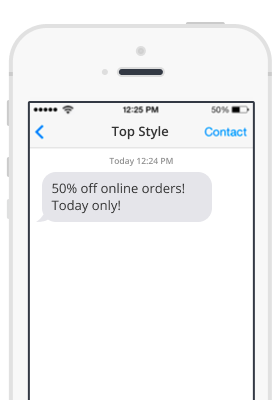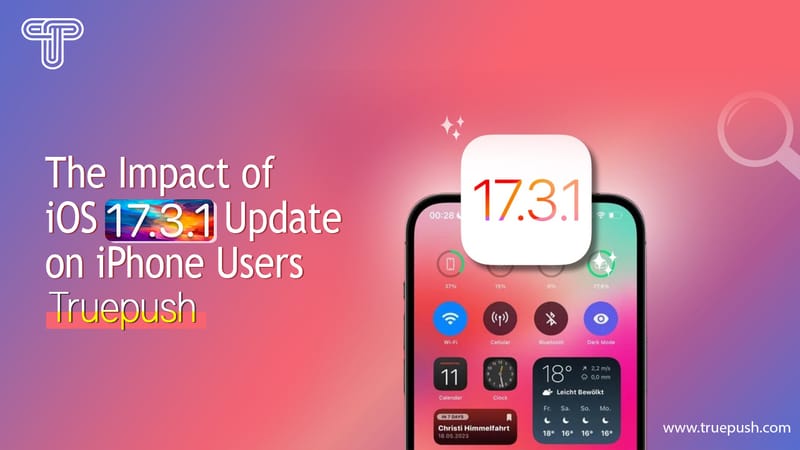Mobile is an integral part of our life and its continuous use in daily life emphasizes the importance of mobile marketing. Mobile marketing may be a multi-channel online marketing technique focused on reaching a selected audience on their smartphones, feature phones, tablets, or other related devices to push your brand through websites, E-mail, SMS, and MMS, social media, or mobile applications.
Mobile marketing can provide customers with time and placement sensitive, personalized information that promotes goods, services, appointment reminders, and ideas. Mobile marketing strategically puts an organization or brand in direct contact with its audience. Also, it’s typically one component of a multi-channel marketing campaign.
Mobile marketing is a crucial piece of the puzzle when it involves building out any short-term or long-term marketing plan. From email to pay-per-click (PPC), program optimization (SEO), content marketing, and social media marketing, there’s a mobile marketing channel to succeed in every part of your audience where they’re most comfortable.
Importance of mobile marketing?
- Mobile phones are the most effective devices for you in advertising your products.
- Mobile marketing makes businesses succeed faster than traditional marketing.
- Users spend 89% of their time on mobile apps, making mobile devices dominate communication.
- The overall view and amount of content on mobile devices are simplified because of their smaller size. As mobile devices are smaller and lighter than computers, users can easily carry them everywhere and make purchases at any time they require.
- 2/3 of consumers who use smartphones are likely to get from businesses that have apps or mobile websites with content customized to their location.
- More than 40% of online transactions occur on mobile devices.
What should you consider while building mobile marketing strategies?
1. Create a mobile-friendly website
In Q3 of 2020, mobile devices have contributed to 50.81% of the global website traffic. Having a mobile-friendly website is not any longer optional. If your mobile visitors don’t have a decent experience on your site, you’ll chase away a large portion of your traffic.
So, your website has to be mobile-friendly. If your site isn’t mobile-friendly customers trying to look at your website will get frustrated. Even worse, they’ll never be back on your website. That’s because Google modified its search algorithm last year so mobile-friendly websites rank higher in results when searches are done on mobile devices.
One of the most crucial parameters while building a mobile-friendly site is the page load time. The more time it takes to load a page, the more direct churns the site receives. According to KISSmetrics, a one-second delay in page load time can result in a conversion dip of 7%.
Brands can build sites using AMP and PWA and unleash the potential of the mobile web using these technologies.
2. Not to miss out on SMS Marketing
Healthcare providers, financial institutions, and large brand retailers all use SMS to deliver timely information right to the customer’s hand. An opt-in campaign makes it easy to sign customers up to receive coupons, alerts, and rewards. Text messages are seen and skim even more quickly than emails, making SMS an honest thanks to relaying timely information in an exceedingly hurry. You’ll need permission to send a text, but an opt-in campaign or contest can boost your subscribers and make it easy for you to attach to mobile customers.

3. Location-based marketing
Location-based marketing (LMS) makes use of a mobile device’s location to alert the device’s owner about new updates from stores nearby. Location-based alerts are delivered to smartphones through SMS text messages. An alert may include information on a few local business’ deals of the day or include a purchasing incentive, like a reduction coupon code. Geo-fencing software uses triggers to send alerts when a user’s mobile crosses a pre-defined geographic boundary.
For example, a personalized Starbucks discount message offer

4. Focus on mobile-friendly content
Write content that supports what mobile users need while on the go. If you’ve been using your PC for writing online, you may think all of your tabs, pages, and links are relevant and essential. you’ve got to stay in mind that almost all mobile devices display content on a tiny low screen. Writing good keyword friendly titles helps further in search visibility. Mobile users use specific terms and keywords when searching for their preferred content. Therefore, the more specific your keywords are, the simpler it’s for your audience to search out your content.
For example, People aren’t trying to find “tennis shoes” once they go shopping; they’re trying to find the closest “Nike Store near me”.
5. Using social media for mobile marketing
Today, the majority of social media users come from mobile devices. In fact, in the US itself, the mobile share of social media visits stands at 83%, Your mobile marketing campaigns can get a higher boost using social media.
Hopefully, your brand already encompasses a social media presence, but if your pages are underutilized, it’s time to require a fresh trend. Mobile and social media marketing play beautifully together and put your brand right ahead of the latest users every day.
All the major social media platforms support ads platforms, thus every marketer should make sure to optimize their sites for mobile marketing efforts.
Instagram, Facebook, and Twitter all allow you to present visually interesting posts, deals, and offers to countless users every day, making social a vital part of any mobile marketing strategy.
6. Send Push Notifications from your AMP and PWA powered pages
Mobile phones contribute to 80% of the site traffic. A decent share of your site visitors is present on your AMP powered pages. It becomes crucial to engage these visitors.
A direct way to do so is using push notifications.
Send new updates and alerts to your PWA and AMP site visitors for continuous engagement. You can check these best practices for your push strategy.
Conclusion
We’re all becoming more dependent on our mobile devices, the requirement for a transparent and separate mobile marketing strategy will only increase. Even today, only a few brands have a mobile marketing strategy as a singular way of reaching their customers, start developing yours now. Remember, the key to reaching people effectively on mobile is to deliver your marketing message quickly, clearly, and in a very way that capitalizes on your ability to deliver what they need after they want it.
If you like to engage your site visitors for free on AMP and PWA pages, follow these simple integration guides from Truepush.
Integrate push notification to PWA




